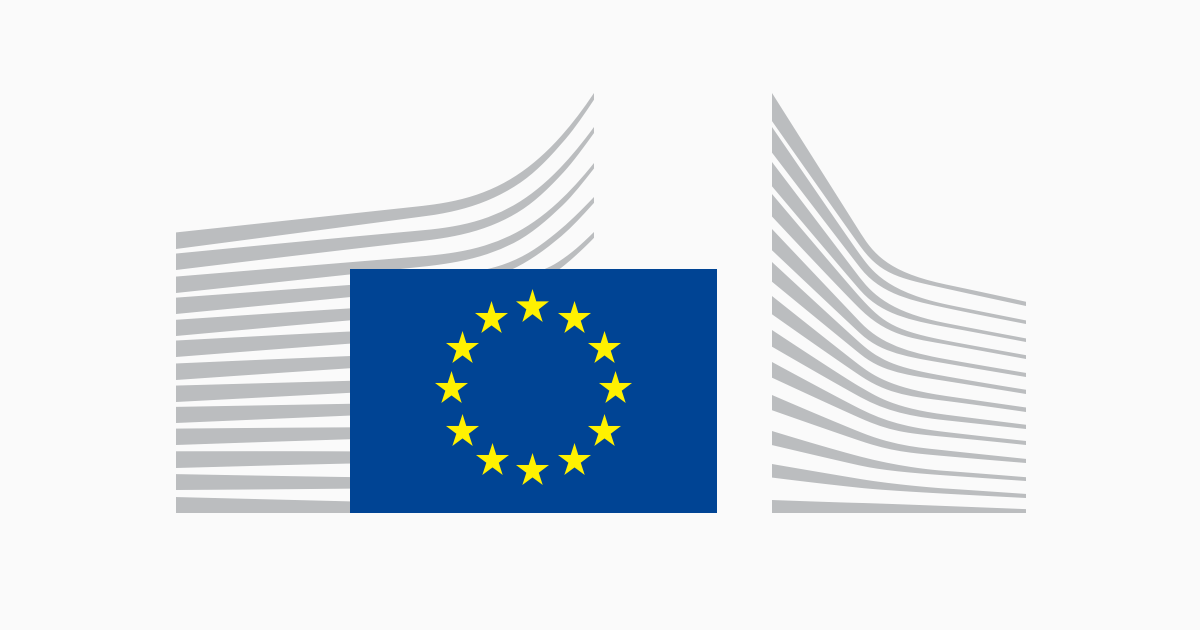Public Procurement Directive: EU Regulatory Update
Directive 2014/24/EU, the EU's Public Procurement Directive, dynamically aligns with global standards, ensuring a fair, competitive global market. Rooted in WTO's GPA thresholds, its biannual updates necessitate agility from businesses for compliance and opportunity harnessing.

European Commission's Regular Adjustment of Public Procurement Thresholds in Line with WTO Standards
Mr. Breton addressed the Public Procurement Directive, also known as Directive 2014/24/EU, in answer to a written inquiry on behalf of the European Commission. This directive, which lays out the rules for public contracts, is an essential part of EU regulations. The Commission updates the Directive every two years to bring it into compliance with the World Trade Organization's Agreement on Government Procurement (GPA) thresholds (WTO). In order for the WTO-defined thresholds to be applicable in the EU, they must be converted into national currencies and the euro, based on the International Monetary Fund's (IMF) Special Drawing Right. Breton emphasized that raising these procurement requirements unilaterally by the European Commission is not permissible. Any modifications require first action at the WTO level and then EU level revisions. The next update, which may take current inflation rates into account, is due on January 1, 2024, while the most recent one occurred on January 1, 2022.
The Evolving Landscape of EU Public Procurement Directive: the Regulation and its Global Implications
In a time of swift globalization and economic instability, public procurement continues to be a crucial domain for both governments and corporations. The Public Procurement Directive, also known as Directive 2014/24/EU, is the cornerstone of the European Union's approach in this area. Although the directive is a cornerstone in and of itself, its dynamic nature—which is marked by biannual updates—calls for more examination.
- Alignement with Global Standards: Fundamentally, the Public Procurement Directive makes sure that EU procurement policies smoothly conform to international norms, reflecting the spirit of an open and competitive international marketplace. The directive's system, which primarily depends on the World Trade Organization's (WTO) Agreement on Government Procurement (GPA) thresholds, demonstrates this commitment to global synchrony. The European Commission guarantees that public procurement in the European Union is transparent, competitive, and resistant to protectionist inclinations by translating these thresholds, which are based on the International Monetary Fund's (IMF) Special Drawing Right, into national EU currencies.
- Inability: One crucial aspect of this system that has been highlighted in recent conversations led by Mr. Breton, the European Commission's representative, is that these procurement thresholds cannot be unilaterally adjusted by the Commission. Rather, any modifications require WTO-level adjustments first. This strict adherence demonstrates the EU's dedication to international cooperation, despite the fact that rising rates of inflation and market volatility are plaguing the world economy.
- Tangible Ramifications: The development of the regulation has concrete implications for companies and financial institutions that participate in public contracts inside the European Union. Businesses need to stay flexible when the criteria change and stay up to date on the most recent standards in order to take advantage of opportunities and steer clear of compliance hazards. This flexibility is becoming increasingly more important in light of the rumors that updates may be made more frequently or in larger quantities in response to shifting market conditions.
- Prudency: Furthermore, it could be wise for the EU to review particular elements of the directive as it adjusts to the dynamic economic environment. For example, in the upcoming years, clauses that explore the specific service contract scope, such as Annex XIV and Article 4(d), may require additional consideration.
In conclusion, Directive 2014/24/EU is a testament to the EU's objective of a cooperative and flexible procurement environment rather than merely a piece of static legislation. It will be crucial for businesses and stakeholders to be aware and proactive as they navigate this changing terrain.
Read More

Reduce your
compliance risks

